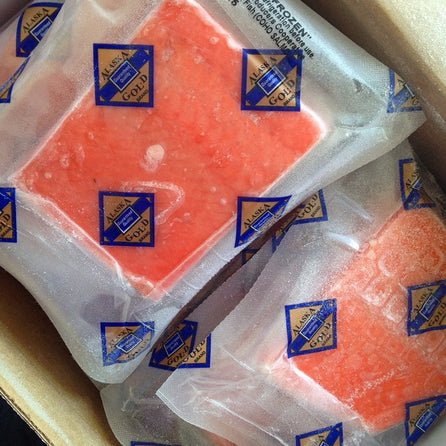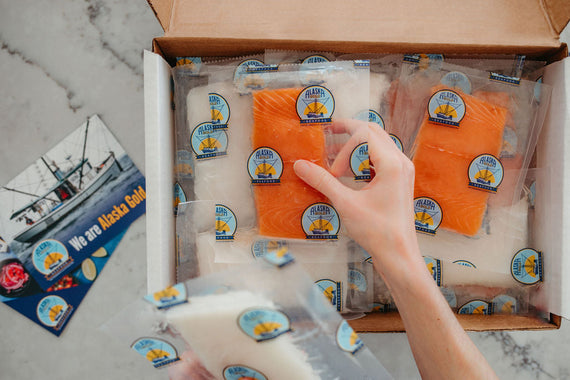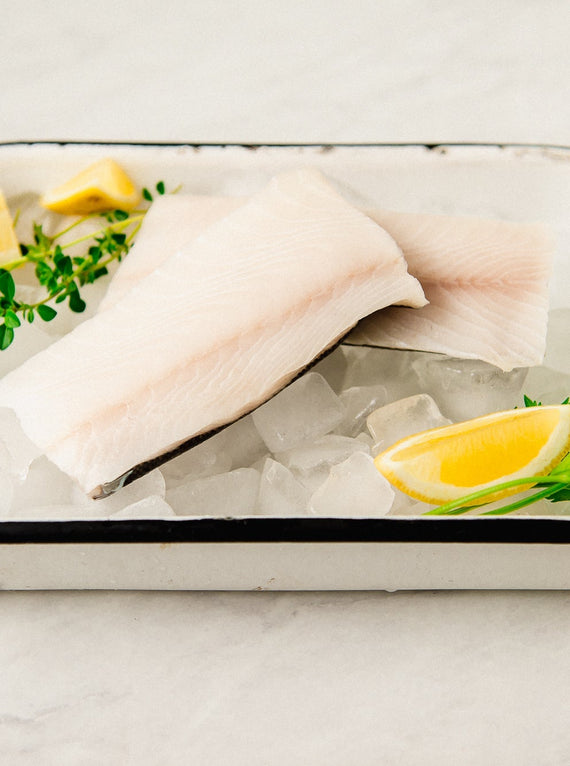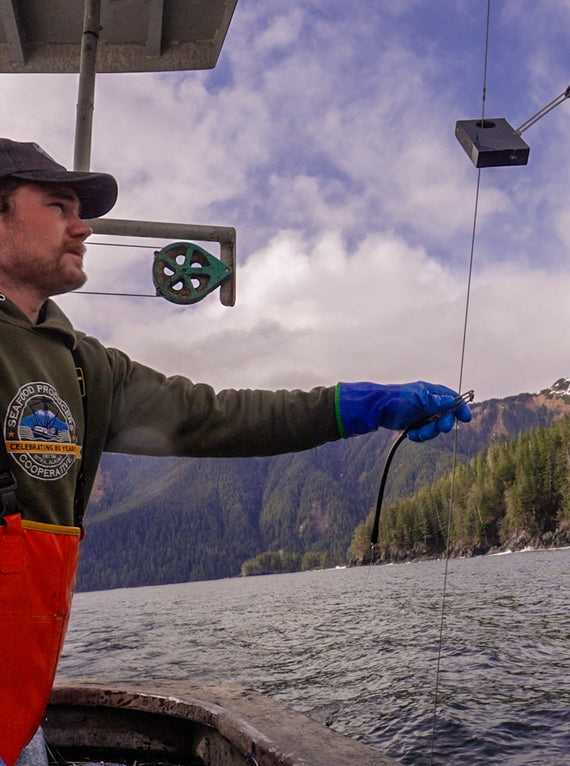
Here’s our top 5 seafood myths list:
5. Fresh (never frozen) is better than frozen.
What matters more than being “fresh, not frozen” versus “previously frozen” is the fish you started with and how the fish was handled all the way through its journey to your plate. Start with fish from the pristine waters around Alaska. When salmon are line-caught by our fishermen, they are actively feeding in the open ocean. This video shows how our Frozen At Sea salmon caught and how it is fresher than fresh. Here’s chef Marcus Guiliano on why frozen is sometimes better than “fresh.”
4. Fish is radioactive.
1 mSV is the FDA safe yearly radiation exposure level for a person. You will get the same dose by eating 244,800 pounds of our albacore tuna. o.4 mSV is the radiation exposure from a mammogram. You will get the same dose by eating 97,920 pounds of tuna. 0.04 mSV is the radiation exposure as a result of flying on a commercial airplane from LA to New York. You will get the same dose by eating 9792 pounds of tuna. 0.001 mSV is the radiation exposure from eating a banana. You will get the same dose by eating 24.48 pounds of tuna.
In other words, there is more radiation in your banana than in your tuna.
3. Fish is loaded with mercury.
Our fish is not known as a high-risk fish for Mercury. Alaska is an extremely low population area. The rivers in Alaska where most of the salmon are born, reared, and eventually spawn have very few people living near them – usually towns with populations of less than 10,000 people, which makes the rivers an excellent environment for salmon to call home. Therefore, our fish is very safe from mercury contamination. In addition, the salmon, albacore tuna, sablefish and halibut we sell are high in selenium, which is an essential mineral that counteracts mercury toxicity. This is an excellent summary of why healthy eaters should not limit consumption of ocean seafood over concerns of mercury contamination. It’s also widely recognized that eating a Mediterranean diet rich with vegetables and fish is associated with longer life expectancy.
2. Salmon is overfished.
There is enough wild salmon in Alaska to feed all Americans. However, 2/3rds of it is exported because we Americans do not value our wild fish as much as people in other places. Watching salmon return to rivers in Alaska is astonishing and beautiful. We do need to protect the habitat in which salmon spawn and dwell. The threats from mining and pollution are legitimate. However, Alaska salmon is not overfished but very carefully managed to bring a sustainable harvest every year.
And our number one most repeated seafood myth…
1. It’s difficult to cook fish.
In fact, it’s quite the opposite. Fish is easier to cook than other meats. It certainly cooks quicker, so you do have to be careful not to overcook. But with a premium-quality fish like our line-caught salmon, minimal seasonings are all that are necessary to make a delightful and our fish will taste like it came fresh from the sea. Our convenient vacuum-sealed portions make it very easy to cook with. When you’re ready to cook, you can take each portion out of the freezer—one at a time, or two, three, or all ten—and thaw under refrigeration for 24 hours. Before mealtime, take the portion(s) out of the fridge and let sit at room temperature for 10-15 minutes. Use scissors to take the fish portion(s) out of its vacuum-sealed pack. Wipe the fish down with a paper towel. Use minimal seasonings. Let the fish’s natural flavors stand out. You’ll see that our fish is outstanding and we are very proud of it. You can also cook our fish from frozen. In 15 minutes you can have a beautiful, healthy meal ready. Here are a number of recipes and suggestions.



